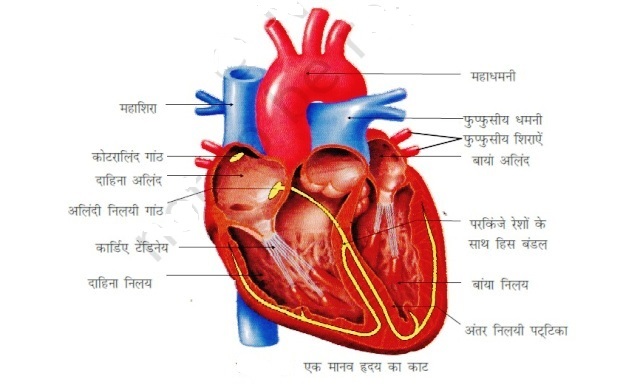Preparing for the RRB JE Electronics exam? Understanding conductors is crucial for success in the exam. In this post, we've compiled 20 multiple-choice questions (MCQs) on conductors with answers, specifically designed to help you master this fundamental concept. These MCQs will test your knowledge and prepare you for the upcoming RRB JE and SSE JE exams. Practice them now to boost your preparation and score high in the exam.
20 MCQs on Conductors for RRB JE Exam
1. What is a conductor?
a) A material that allows the flow of electric current
b) A material that resists the flow of electric current
c) A device used to store electrical energy
d) None of the above
Answer: a) A material that allows the flow of electric current
2. Which of the following is a good conductor of electricity?
a) Rubber
b) Copper
c) Wood
d) Plastic
Answer: b) Copper
3. Which property is most important for a material to be a conductor?
a) High resistivity
b) Low resistivity
c) High thermal conductivity
d) Low thermal conductivity
Answer: b) Low resistivity
4. The unit of electrical conductivity is:
a) Ohm
b) Siemens per meter (S/m)
c) Volt
d) Joule
Answer: b) Siemens per meter (S/m)
5. Which of the following metals is the best conductor of electricity?
a) Silver
b) Aluminum
c) Iron
d) Lead
Answer: a) Silver
6. Which factor affects the conductivity of a conductor?
a) Length of the conductor
b) Cross-sectional area of the conductor
c) Temperature
d) All of the above
Answer: d) All of the above
7. Conductors allow the flow of electric current due to the movement of:
a) Neutrons
b) Protons
c) Electrons
d) Ions
Answer: c) Electrons
8. Which of the following is a poor conductor of electricity?
a) Gold
b) Iron
c) Glass
d) Copper
Answer: c) Glass
9. In conductors, resistivity generally:
a) Decreases with temperature
b) Increases with temperature
c) Remains constant
d) Varies randomly
Answer: b) Increases with temperature
10. What is the typical resistivity range for conductors?
a) 10^6 to 10^12 ohm meters
b) 10^-8 to 10^-6 ohm meters
c) 10^-4 to 10^-2 ohm meters
d) 10^12 to 10^18 ohm meters
Answer: b) 10^-8 to 10^-6 ohm meters
11. The resistance of a conductor is inversely proportional to:
a) Length
b) Cross-sectional area
c) Temperature
d) Voltage
Answer: b) Cross-sectional area
12. Which of the following materials has the highest conductivity?
a) Silver
b) Copper
c) Aluminum
d) Steel
Answer: a) Silver
13. What happens to the resistance of a conductor when its length is doubled?
a) It remains the same
b) It doubles
c) It halves
d) It increases four times
Answer: b) It doubles
14. Which of the following is NOT a conductor?
a) Iron
b) Rubber
c) Aluminum
d) Silver
Answer: b) Rubber
15. Conductors are commonly used in:
a) Electrical wires
b) Insulators
c) Heat shields
d) Plastics
Answer: a) Electrical wires
16. The drift velocity of electrons in a conductor is proportional to:
a) Voltage
b) Current
c) Resistance
d) Electric field
Answer: d) Electric field
17. The most common conductor material used in household electrical wiring is:
a) Aluminum
b) Steel
c) Copper
d) Lead
Answer: c) Copper
18. At absolute zero temperature, the resistivity of a perfect conductor becomes:
a) Zero
b) Infinite
c) Negative
d) Constant
Answer: a) Zero
19. Which of the following alloys is commonly used for making resistors?
a) Brass
b) Nichrome
c) Bronze
d) Steel
Answer: b) Nichrome
20. What happens to the conductivity of a metal conductor as temperature increases?
a) It increases
b) It decreases
c) It remains constant
d) It fluctuates
Answer: b) It decreases
🌐 PREMIUM RRB JE MCQ HUB
सभी MCQ topics — एक ही digital hub में! Smart • exam crack • paper base MCQ





0 Comments